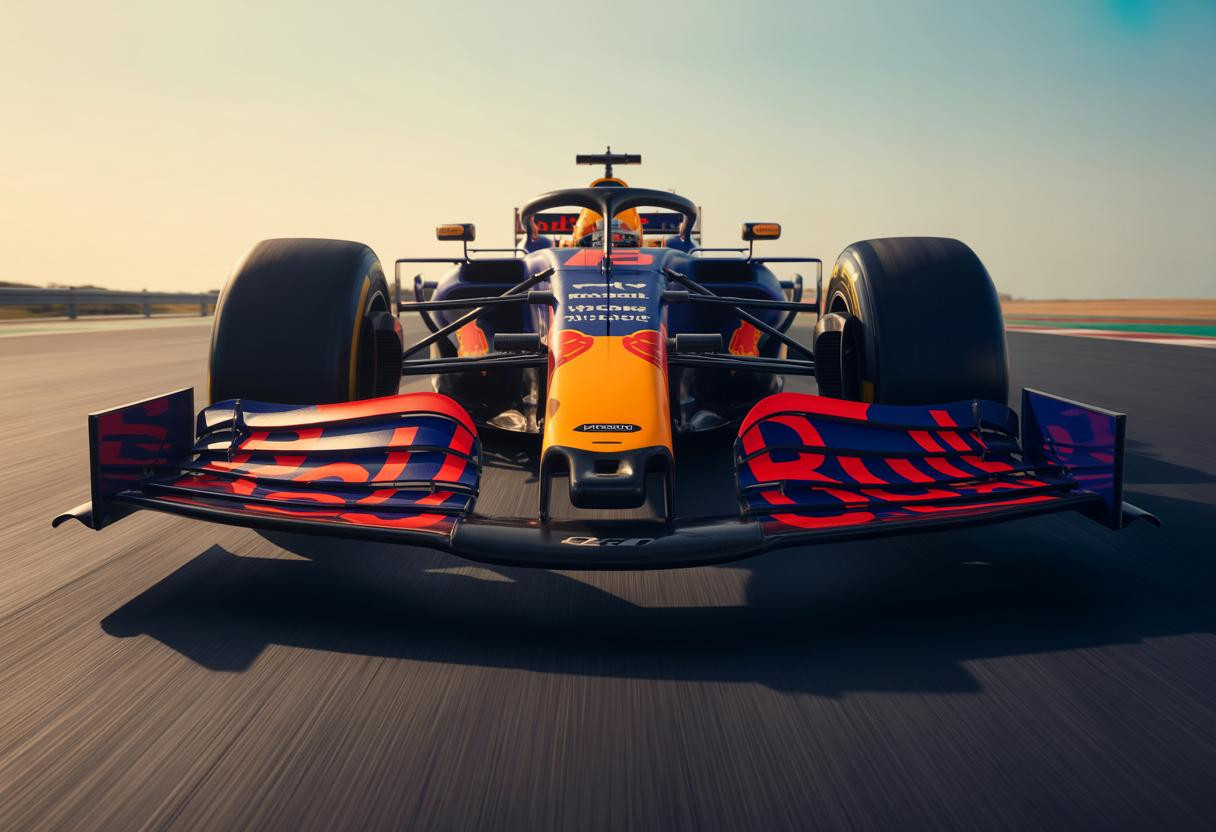F1’s latest flexi-wing regulations are reshaping the championship battle in ways most fans never expected. While McLaren dominated headlines with their flexible front wing advantage, the Spanish Grand Prix clampdown has triggered a complex chain reaction affecting everything from lap times to constructor standings. The new 10mm deflection limit isn’t just a technical tweak—it’s potentially rewriting the season’s competitive landscape.
The engineering revolution transforming Formula 1 aerodynamics
The FIA’s stricter wing flexibility standards represent the most significant aerodynamic regulation change since ground-effect cars returned. Under the new rules, front wings can only deflect 10mm under symmetric load, down from the previous 15mm allowance. Teams like Red Bull have introduced completely redesigned front wing assemblies, while McLaren has quietly tested stiffer configurations since Imola.
This technical directive mirrors how other industries handle strategic adaptations during industry disruptions, where regulatory changes force rapid innovation cycles. The engineering implications extend beyond simple compliance—teams must now balance aerodynamic efficiency with structural integrity under intense scrutiny.
McLaren currently leads the Constructors’ Championship by 172 points, but their flexible wing advantage may have contributed significantly to this margin. Red Bull team principal Christian Horner expects the regulations to help them “gain ground,” while Ferrari believes the impact will be noticeable but manageable.
Performance shifts that could decide championship outcomes
McLaren’s calculated response strategy
Despite concerns about losing their aerodynamic edge, McLaren has demonstrated remarkable adaptability. Their anti-dive suspension modifications and revised front wing profiles suggest a comprehensive approach to maintaining competitiveness. The team’s confidence stems from believing their advantage lies in overall car performance rather than flexi-wing exploitation alone.
Red Bull’s opportunity window
Red Bull’s inherently rigid wing design philosophy suddenly appears prescient. Their new front wing geometry increases stiffness while minimizing weight penalties—a solution that showcases the kind of advanced engineering innovations transforming performance metrics across competitive industries. Early estimates suggest they could gain 0.1-0.2 seconds per lap relative to teams heavily dependent on wing flexibility.
Ferrari’s measured adaptation
Ferrari has quietly adjusted their rear wing slot gaps and modified their front wing assembly. Their approach reflects lessons learned from previous regulatory disruptions, prioritizing compliance over aggressive interpretation of grey areas.
Strategic implications beyond the racetrack
The competitive ramifications extend far beyond technical compliance. Teams now face critical decisions about resource allocation under budget cap constraints. McLaren’s suspension geometry changes and Red Bull’s complete wing redesign represent significant development investments that could influence their upgrade trajectories for months.
Championship mathematics become particularly intriguing when considering Oscar Piastri leads Lando Norris by just three points in the drivers’ standings. Any performance shift favoring Red Bull could dramatically alter both championships simultaneously, creating scenarios where tactical advantages in high-stakes competitive environments become decisive factors.
Innovation pathways emerging from regulatory constraints
Perhaps most fascinating is how teams are pivoting toward alternative aerodynamic solutions. With wing flexibility curtailed, engineers are exploring novel approaches to airflow management—from advanced computational fluid dynamics to experimental materials that comply with regulations while maintaining performance benefits.
This regulatory evolution mirrors broader technological trends where constraints drive innovation. Teams are now investigating flexure-resistant composite materials and adaptive suspension systems that could represent the next generation of competitive advantages, much like how breakthrough technologies revolutionizing traditional approaches emerge from overcoming technical limitations.
The championship battle enters uncharted territory
As teams navigate these regulatory waters, the flexi-wing clampdown represents more than technical compliance—it’s a fundamental shift in competitive philosophy. McLaren’s resilience, Red Bull’s calculated opportunism, and Ferrari’s methodical adaptation suggest the championship battle will intensify rather than diminish. The true winners will be those who transform regulatory constraints into sustainable competitive advantages, proving that adaptation speed often matters more than initial technical superiority.
